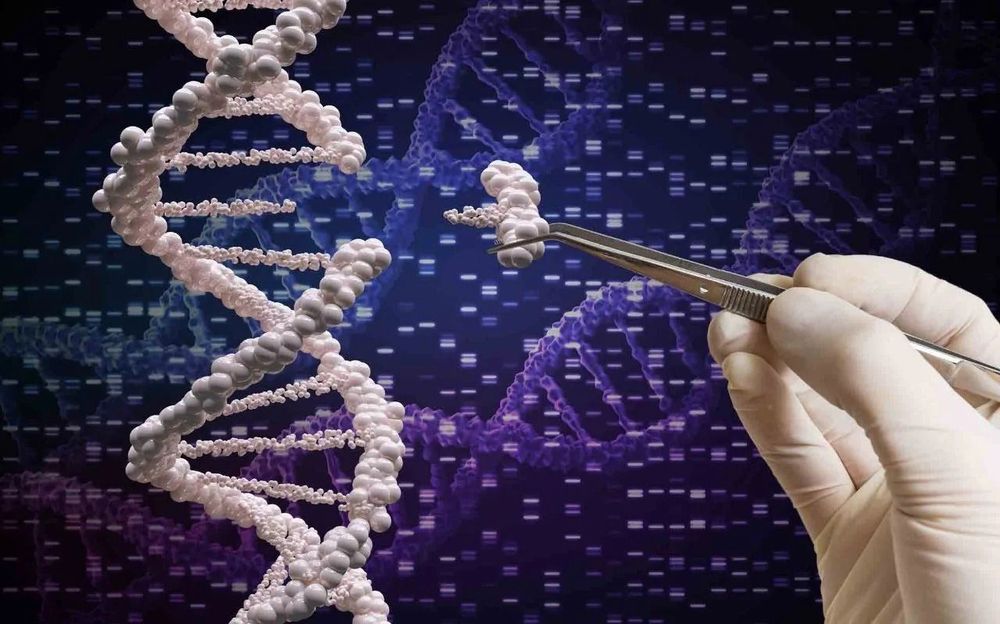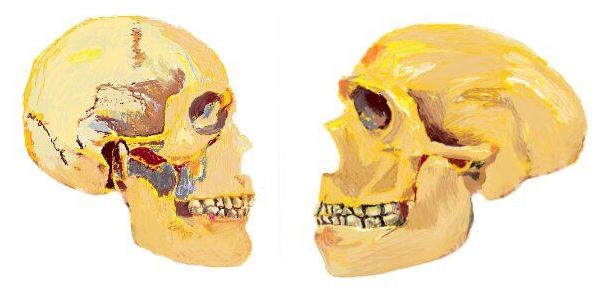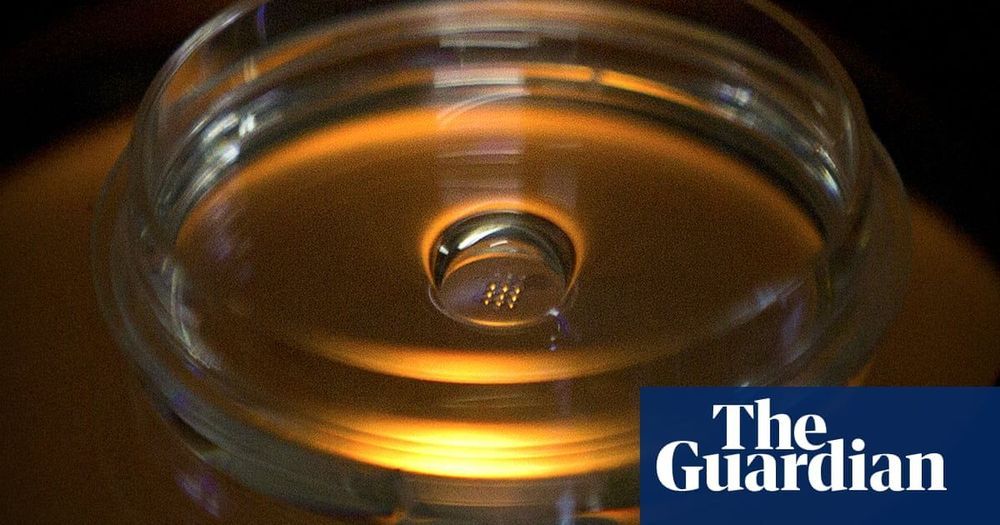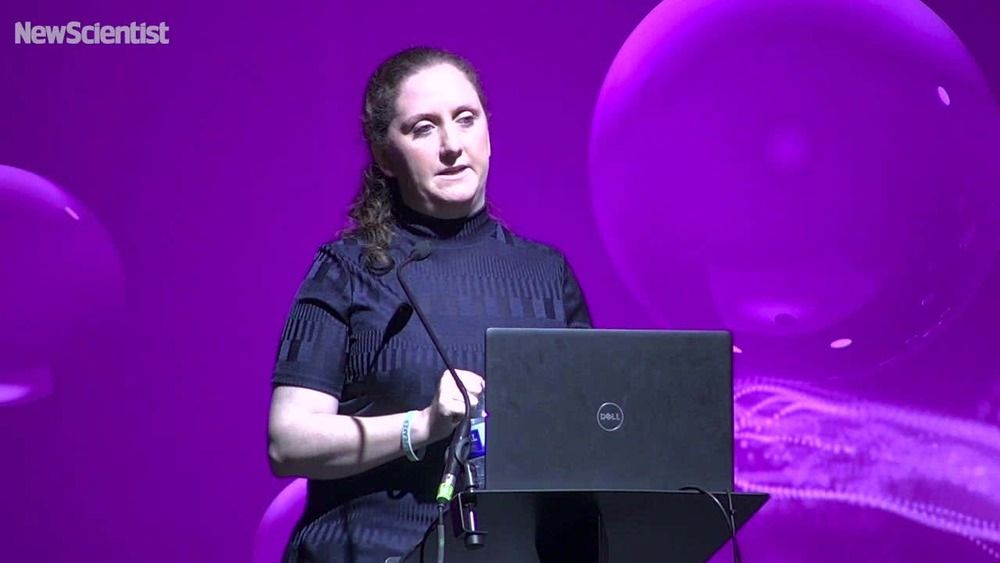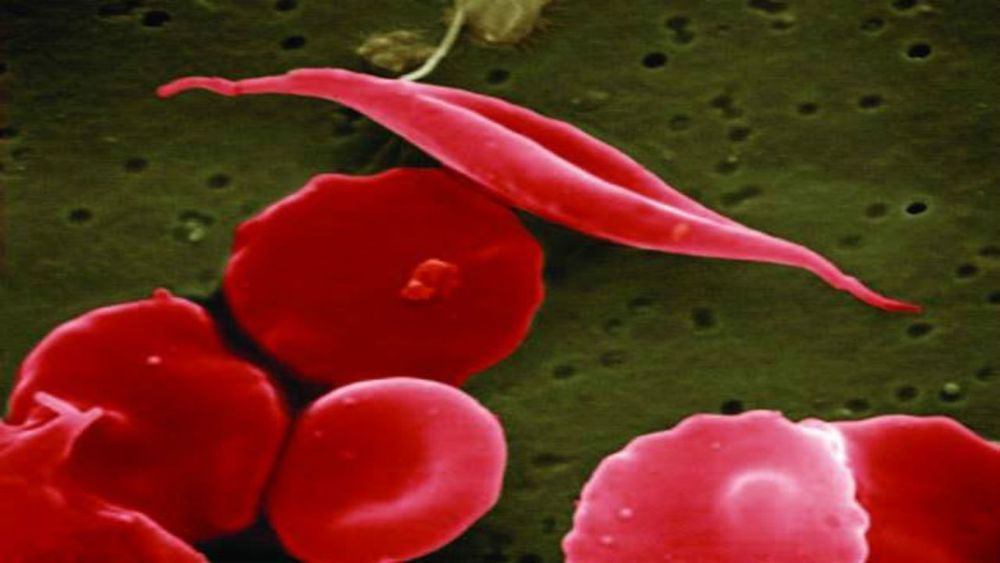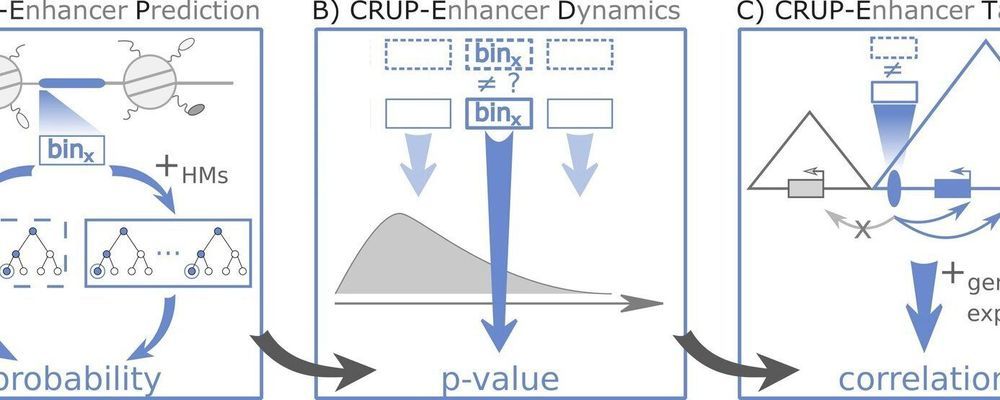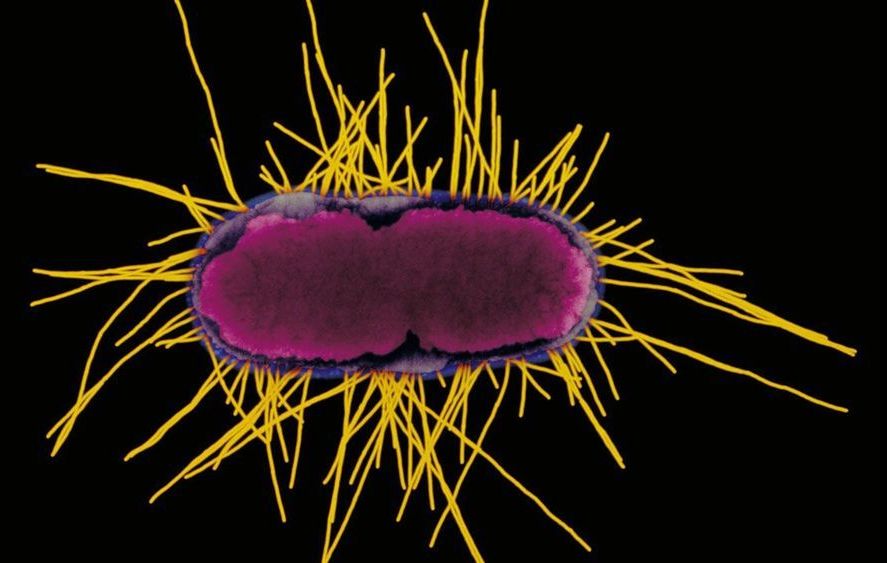Awesome!
A new approach to programing cancer-fighting immune cells called CAR-T cells can prolong their activity and increase their effectiveness against human cancer cells grown in the laboratory and in mice, according to a study by researchers at the Stanford University School of Medicine.
The ability to circumvent the exhaustion that the genetically engineered cells often experience after their initial burst of activity could lead to the development of a new generation of CAR-T cells that may be effective even against solid cancers—a goal that has until now eluded researchers.
The studies were conducted in mice harboring human leukemia and bone cancer cells. The researchers hope to begin clinical trials in people with leukemia within the next 18 months and to eventually extend the trials to include solid cancers.

